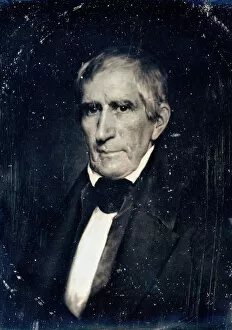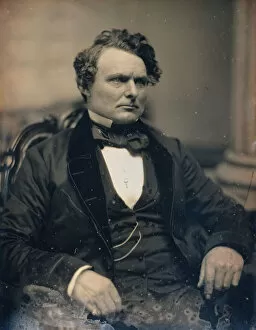Southworth And Collection
"Southworth and the Boston Doctors: Capturing Medical History in the 1850s" Step back in time to the bustling city of Boston, circa 1850
All Professionally Made to Order for Quick Shipping
"Southworth and the Boston Doctors: Capturing Medical History in the 1850s" Step back in time to the bustling city of Boston, circa 1850, where two talented photographers, Josiah Johnson Hawes and Albert Sands Southworth, immortalized the esteemed doctors of their era. Through their lens, they captured a glimpse into the world of medicine during this pivotal period. In one captivating photograph, we see a young man dressed impeccably in a three-piece suit and bow tie. His confident gaze hints at his ambition and determination as he navigates through life in this rapidly changing society. From their studio on Tremont Row, Southworth & Hawes had an unparalleled view down Brattle Street. This vantage point allowed them to witness firsthand the ebb and flow of daily life in Boston's vibrant streets. Albert Sands Southworth himself became a subject for his partner's camera around 1845-50. The portrait showcases his dignified presence and serves as a testament to both his skill behind the lens and his contribution to photography history. The duo also turned their attention towards capturing women's fashion trends with great finesse. A young woman with her hair styled elegantly into two buns exudes gracefulness while embodying the fashionable trends of that era. Their talent extended beyond portraits; they ventured into various subjects such as Augusta Hawes at four years old – an endearing image that captures childhood innocence frozen in time forever. Notable figures were not exempt from Southworth & Hawes' lens either. Harriet Beecher Stowe herself sat before them - her influential pen brought alive by these skilled photographers who sought to capture her essence within each frame they created together. Venturing outside their studio walls led them to places like the Sculpture Gallery at Boston Athenaeum circa 1855 – showcasing not only their versatility but also documenting cultural spaces that shaped society during this transformative period.

















